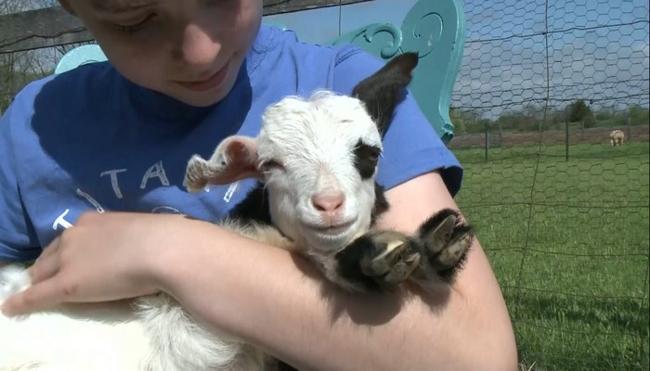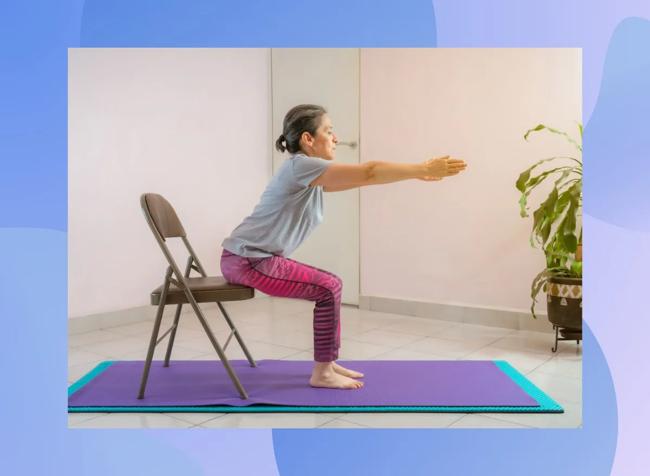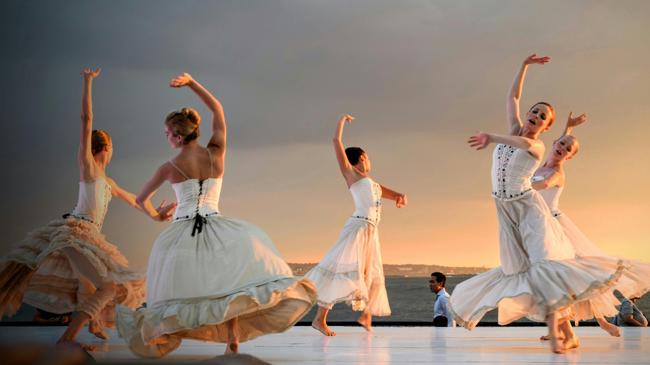Summary
Emily Vukovic is living out her dream of owning a baby goat, by doing goat yoga at Rock Chapel Ranch.
Source: CHCH TV

AI News Q&A (Free Content)
Q1: What is goat yoga, and how did it originate as a trend in the fitness world?
A1: Goat yoga is a hybrid fitness activity that combines traditional yoga postures with the playful presence of live goats. Participants perform yoga routines as goats interact with them, sometimes climbing on their backs or cuddling up. The trend began in 2016 in Oregon, USA, and quickly spread globally due to its unique blend of animal therapy and exercise. Goat yoga is part of a broader movement of yoga hybrids that pair yoga with various activities or animals to enhance relaxation, mindfulness, and fun.
Q2: What are some of the recognized health benefits of practicing yoga, according to recent scientific studies?
A2: Recent scientific studies highlight that practicing yoga can reduce stress, improve flexibility, enhance muscle strength, and support mental health. Yoga has also been shown to aid in controlling blood sugar levels, particularly through routines like Surya Namaskar (Sun Salutation). These benefits are attributed to the combination of physical postures, controlled breathing, and mindfulness, which collectively promote physical and psychological well-being.
Q3: How has technology influenced modern yoga practice and pose recognition in the last five years?
A3: In the past five years, technology has significantly enhanced yoga practice through the development of advanced pose recognition systems using computer vision and deep learning. For example, real-time recognition of yoga poses has been achieved with up to 99.2% accuracy using machine learning models and skeleton-based feature extraction. These advancements allow for self-assistance, feedback, and correction during yoga sessions, making practice more accessible and effective for users at home or in studios.
Q4: What are the possible psychological and physical effects of practicing yoga with animals, such as goats?
A4: Practicing yoga with animals like goats can have both psychological and physical effects. Psychologically, the presence of animals has been linked to reduced anxiety, increased happiness, and enhanced relaxation due to the release of oxytocin during animal interaction. Physically, activities such as goat yoga still involve traditional postures, promoting flexibility, balance, and muscle strength, while the playful environment can motivate participants to remain engaged and consistent in their practice.
Q5: What are the latest developments in the classification and assessment of yoga poses using artificial intelligence?
A5: Recent developments include the creation of large-scale, fine-grained datasets such as Yoga-82 and 3DYoga90, which classify yoga poses with hierarchical labeling. AI models trained on these datasets can recognize a wide range of yoga poses from videos or images, enabling automated assessment of form and technique. These innovations support professional instruction, remote coaching, and even healthcare applications focused on rehabilitation and fitness monitoring.
Q6: How has the commercialization of hybrid yoga activities, like goat yoga, impacted the fitness industry and local businesses?
A6: The commercialization of hybrid yoga activities, including goat yoga, has contributed to the global multi-billion dollar yoga industry. Local ranches and farms, such as Rock Chapel Ranch, have diversified their offerings and attracted new clientele seeking unique wellness experiences. This trend has driven growth in yoga tourism, merchandise sales (e.g., branded mats and apparel), and event management, benefiting both the fitness sector and rural economies.
Q7: Based on scholarly research, what are the challenges and future directions for integrating technology with yoga for health and fitness?
A7: Scholarly research identifies challenges such as ensuring the accuracy and generalizability of pose recognition models across diverse populations and settings. There is also a need for user-friendly interfaces and privacy considerations when using camera-based systems. Future directions include integrating smart wearable devices, pressure-sensitive mats, and AI-powered feedback tools to provide personalized health insights and support preventative healthcare through regular yoga practice.
References:
- Yoga as exercise - https://en.wikipedia.org/wiki/Yoga_as_exercise
- List of yoga hybrids - https://en.wikipedia.org/wiki/List_of_yoga_hybrids





